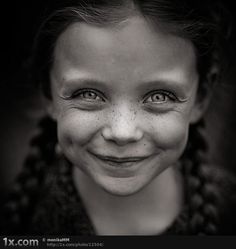GrownupGirl
Tempermental Artist
The boy's smile on the right looks genuine. The one on the left looks almost like he's in pain.
I guess this means I'm not really aspie, then.
I can tell what most expressions are in photos and how genuine they are, but it's different in photos because you have time to look at them and process what you're seeing. In real life most expression are here and gone in a flash, and when I was a kid I used to think people in real life didn't show expressions, they only had them in movies and TV.
Someone once asked me why I'm able to make the characters I draw so expressive if I'm aspie. It's mainly because of watching well-animated cartoons, especially Disney. It also took years of practice.
I guess this means I'm not really aspie, then.
I can tell what most expressions are in photos and how genuine they are, but it's different in photos because you have time to look at them and process what you're seeing. In real life most expression are here and gone in a flash, and when I was a kid I used to think people in real life didn't show expressions, they only had them in movies and TV.
Someone once asked me why I'm able to make the characters I draw so expressive if I'm aspie. It's mainly because of watching well-animated cartoons, especially Disney. It also took years of practice.

